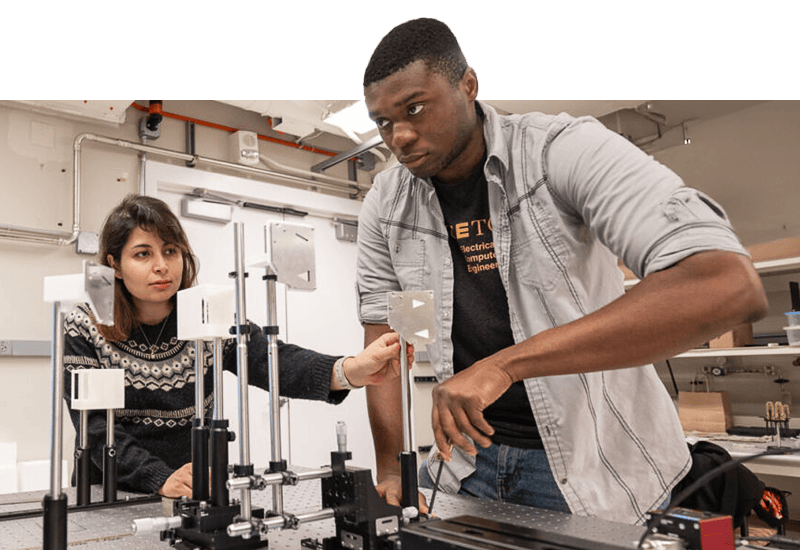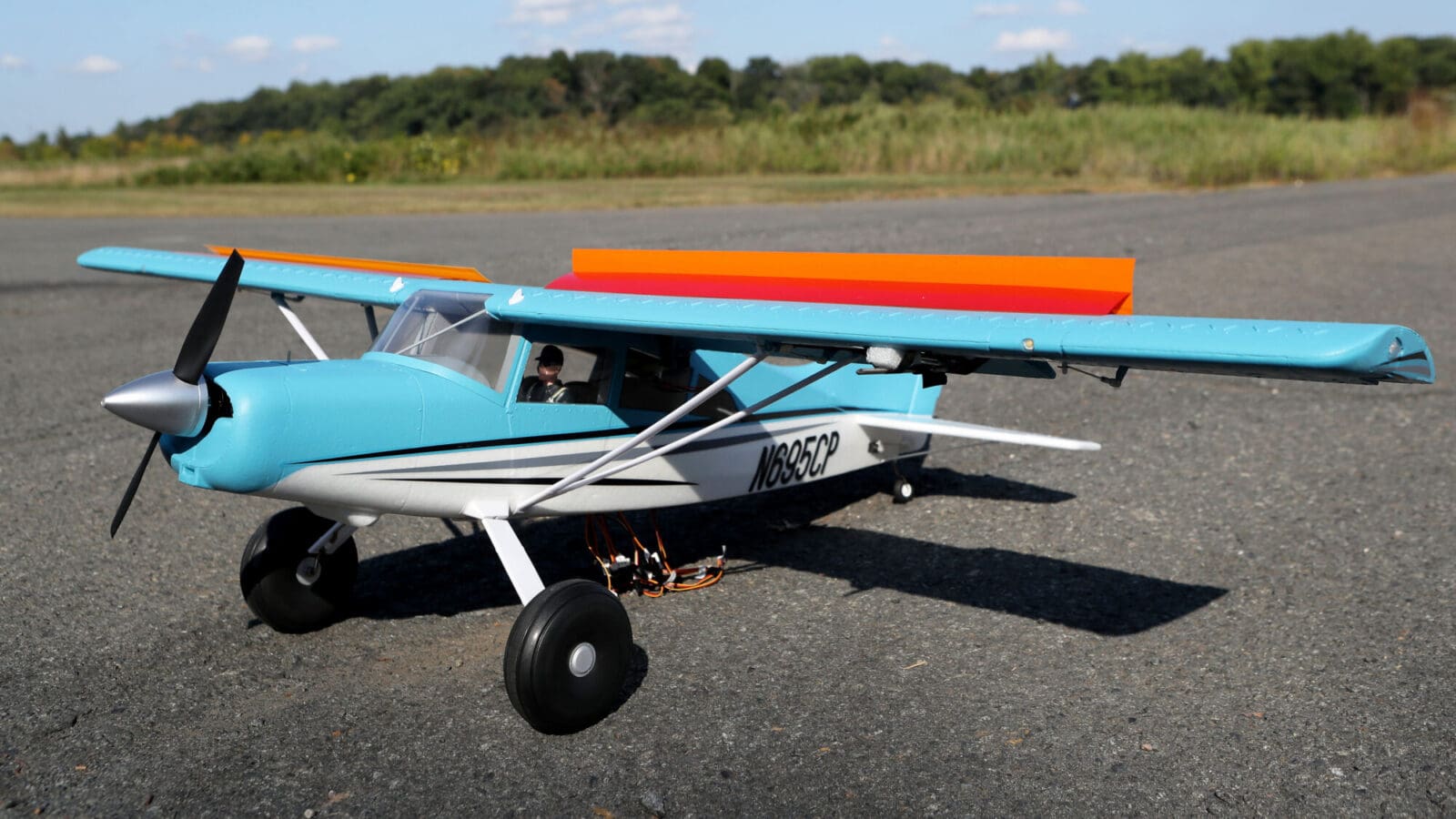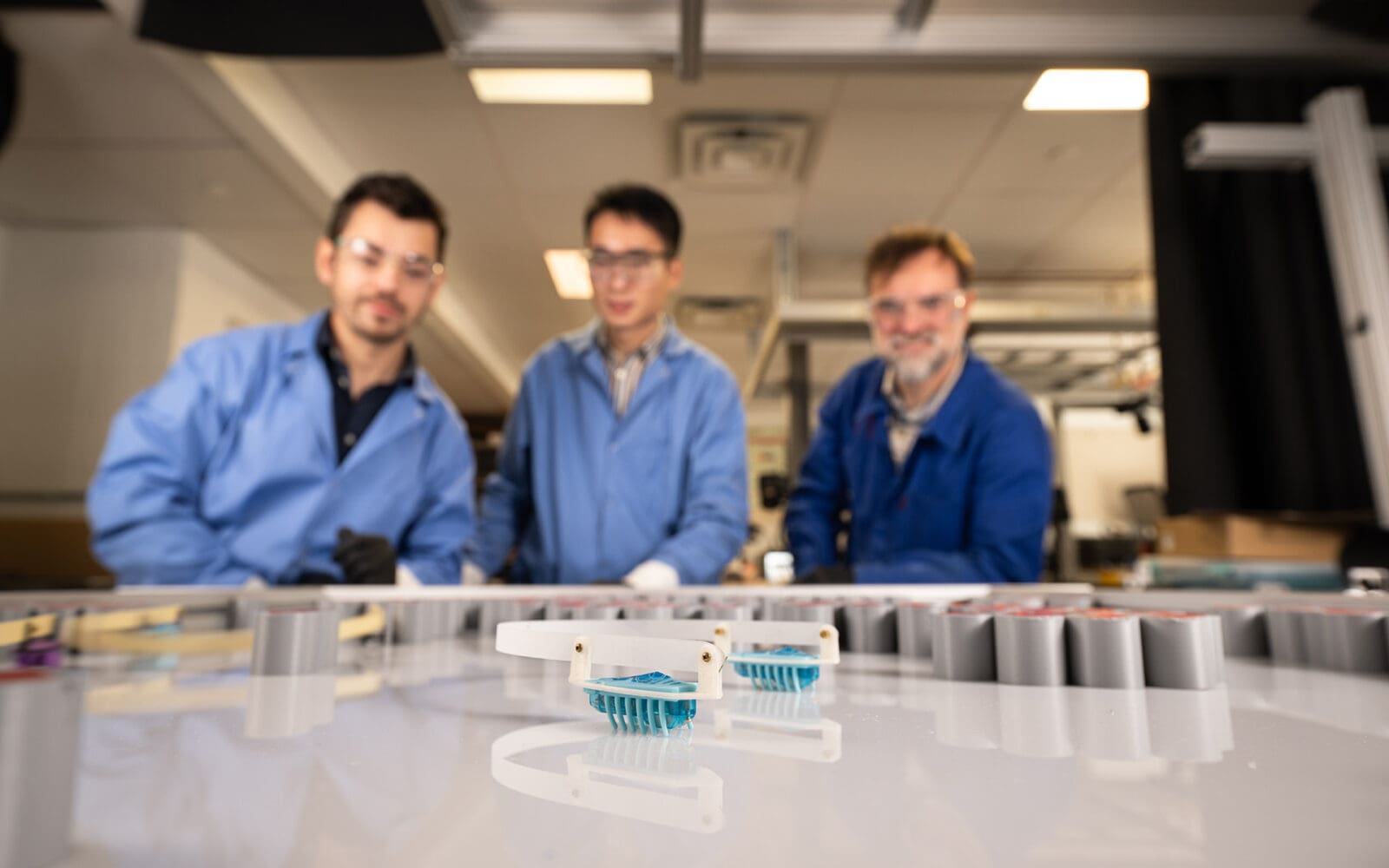
Boosting signals to boost robots’ performance
By
on
This article is from the Robotics: Safe, resilient, scalable, and in service of humanity issue of Equad News magazine.
These changes will be a boon for many types of communication, including coordination among teams of autonomous robots, but will come with major tradeoffs, as higher-frequency signals do not travel as far as longer radio waves.
Yasaman Ghasempour, who joined the faculty in January 2021 as an assistant professor of electrical and computer engineering, is pioneering next-generation wireless tools that couple communications and sensing. Antennas typically broadcast at a range of frequencies in all directions, but Ghasempour is exploring devices that transmit signals with a laser-like focus, emitting a specific frequency in a specific direction.
The technique, which involves a specialized set of antennas, novel architectures, and control protocols, could someday boost the speed and localization accuracy of robot teams on time-sensitive missions, said Ghasempour.
“Each [robot] may have different sensing modalities, but they require sharing their sensing information in a collaborative mission,” she said. “The type of technology we are building can enable ultra-low-latency communications for time-critical missions, and also adds to the sensing modality of robots because now they can use wireless signals to sense the environment and localize other robots.”







